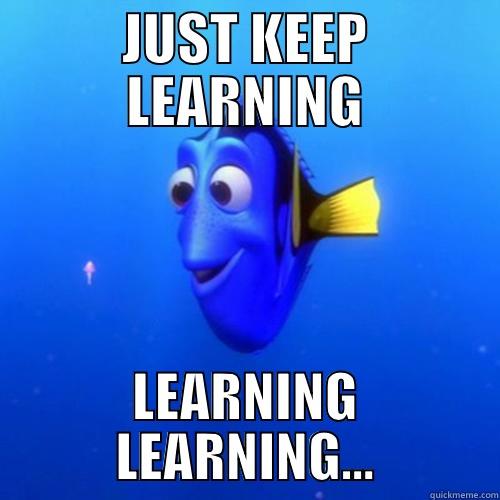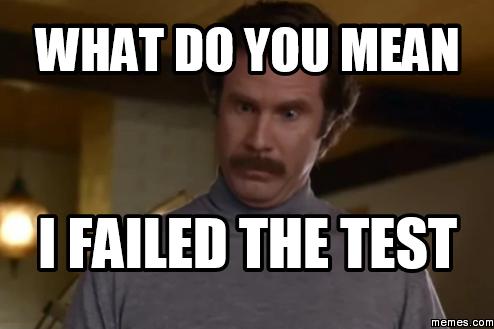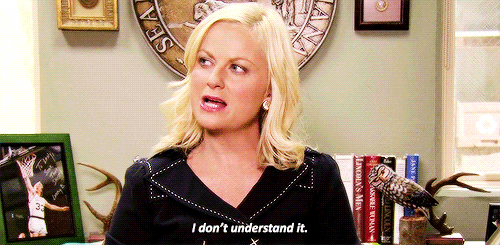Well, after two quarters in my Critical Thinking and Writing class, it is officially over. I have learned more in these past 5 months about writing than I have in my entire thirteen years of school.

Source: quicklime.com
While the class may be over, this does not mean that I can just forget everything I have learned. The concepts and writing strategies I learned in CTW are tools that I am going to use for the rest of my life and especially throughout the rest of my years in college.
This quarter, as most of you know, was focused on the research process. I learned all about how to do many different types of research writing. From archival research, to surveys, and to researched arguments, I have learned so many useful ways to conduct research that I can use in the future. Here is a little recap of the different research concepts I learned.
- BEAM
- Inquiry Based Research
- Hunting and Gathering
All three of these concepts taught me different ways to approach research. BEAM taught me the importance of using sources that provide background, sources that can be interpreted and analyzed, sources that can enhance your argument, and the importance of following methods. BEAM provided me with a way to keep my research organized and precise.
Inquiry Based research taught me the importance of further inquiring into each source you choose to use. It is extremely important to conduct your research in the proper way so that you do not use or interpret the sources in a way that is different than what the original author intended. It is important to ask questions about each one of your sources and make sure you are understanding how the source is meant to be interpreted.
Hunting and Gathering taught me about the importance of both targeting and openly searching for sources in your research. Sometimes it is good to target exactly what you are looking for, but other times it is good to have an open mind and just see what you find without looking for something specific. Hunting and Gathering can really change your research and help you find the best sources to further your argument.
I am so thankful for everything I learned in my CTW classes because I learned so much about researching that I can use in all my future classes, not just english. It is so important to hold on to everything you learn from your college english and writing classes because they are skills that are useful for almost every single subject. My CTW class may be over, but this definitely is not the end of everything I have learned. I have enjoyed learning all that I have in this class and I cannot wait to use it in my future classes. Take everything that i have shared with you and use it to your benefit! Thank you for continuing to read my blogs every week, I hope you learned a lot. Good luck with your college journey!
XOXO, Tess O’Brien

Source: Ferris Bueller
















